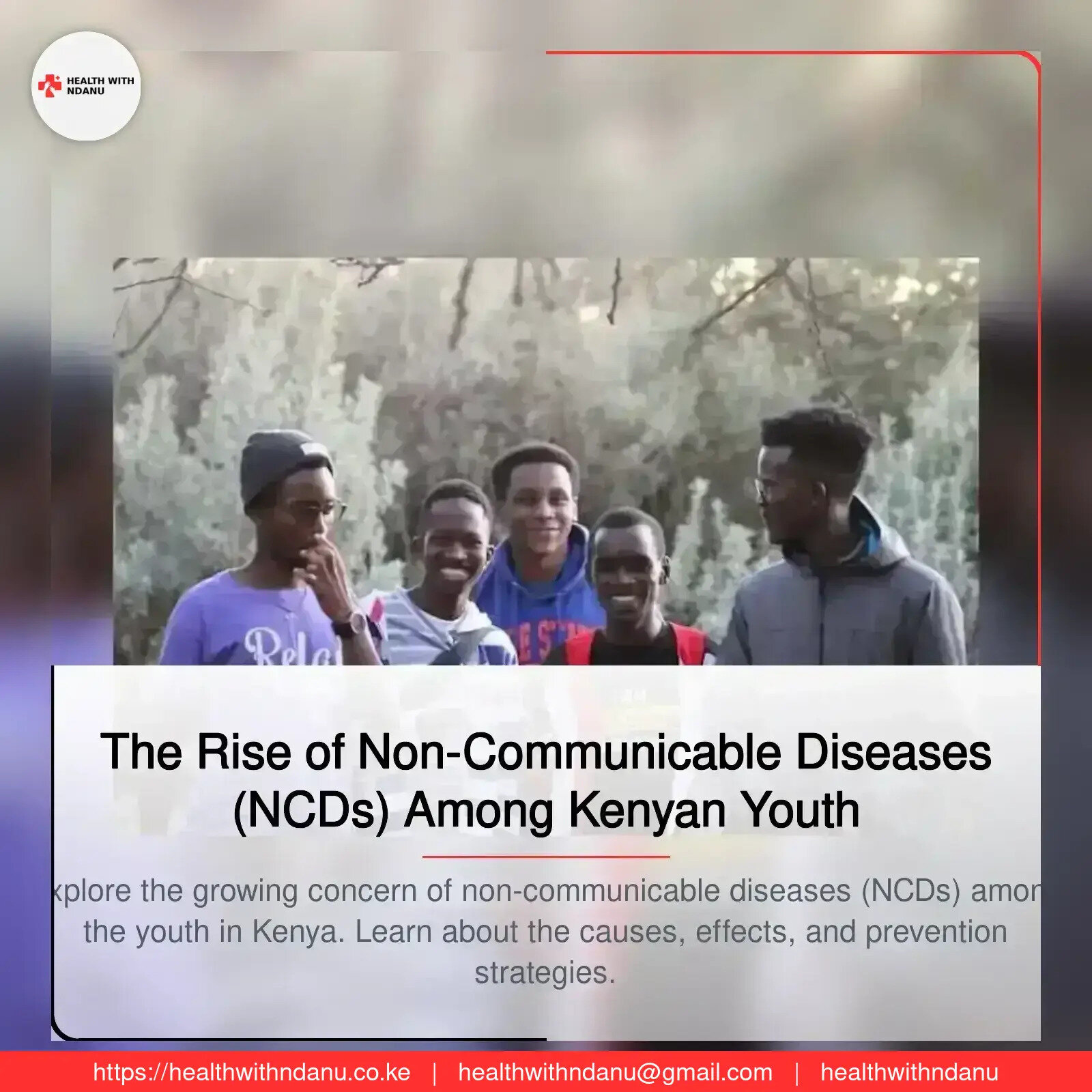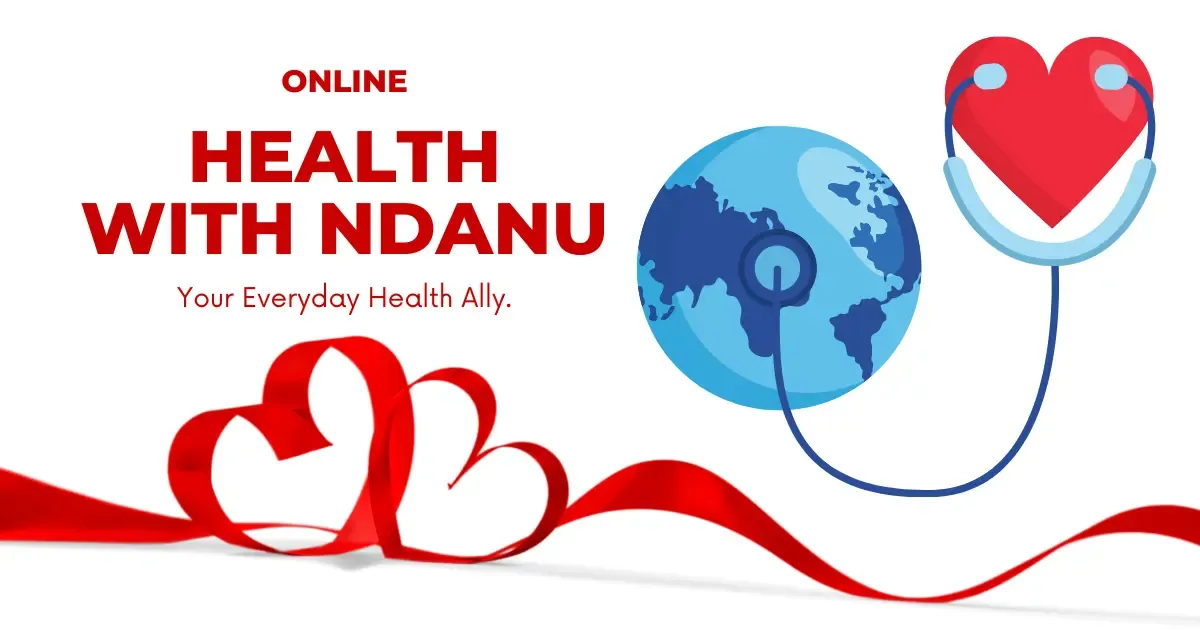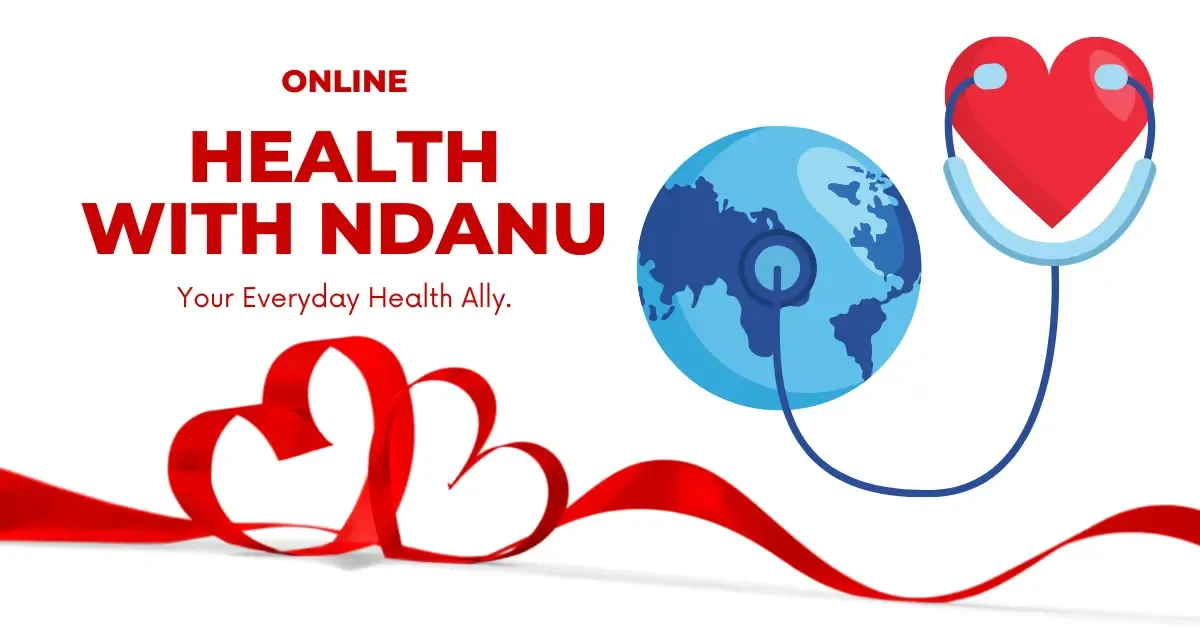The Rise of Non-Communicable Diseases (NCDs) Among Kenyan Youth
- by Diana Ndanu
- 08 April, 2025
- 0 Comments
- 7 Mins



Introduction
When you think about diseases affecting young people in Kenya, you probably imagine infectious ones like malaria, typhoid, or maybe even HIV. But there's a new health crisis creeping in quietly — one that doesn't come from a mosquito bite or contaminated water. It's non-communicable diseases (NCDs), and they're rising fast among our youth.
This article is a wake-up call and a practical guide. We’ll explore why NCDs are growing among young people in Kenya, what the common types are, and most importantly, what we can do to turn the tide.
What Are Non-Communicable Diseases (NCDs)?
Non-communicable diseases are medical conditions that aren’t passed from person to person. They tend to be chronic, meaning they last a long time and progress slowly. Think diabetes, heart disease, certain types of cancer, asthma, and mental health disorders.
Globally, NCDs are responsible for over 70% of all deaths. In Kenya, they cause about 33% of all deaths – and this number is climbing.
But here's the shocker: NCDs are no longer just "diseases for the old." More young people, especially those in their teens and twenties, are being diagnosed with conditions that once only affected older adults.
Why Are More Young Kenyans Getting NCDs?
The rise in non-communicable diseases among Kenyan youth isn't random. It’s linked to major lifestyle and environmental changes. Here’s what’s going on:
1. Sedentary Lifestyle
Our grandparents walked for kilometers. Many of us barely walk at all. With more young people spending hours on screens—whether on phones, laptops, or in front of a TV—physical activity is on the decline.
2. Unhealthy Diets
The chapati-madondo combo has been replaced by chips, sausage, and soda. Junk food is more accessible and cheaper in urban areas, and many youth don’t get enough fruits, vegetables, or whole grains.
3. Alcohol and Tobacco Use
More teens and young adults are picking up smoking, vaping, and drinking—often under peer pressure or due to stress. These habits are closely linked to NCDs like cancer and heart disease.
4. Stress and Mental Health Challenges
Stress is real—school pressure, unemployment, relationships, and even social media anxiety are taking a toll. Untreated stress can lead to conditions like hypertension and depression.
5. Environmental Pollution
Living in urban areas with high pollution levels, especially air pollution, contributes to respiratory diseases like asthma and other chronic lung conditions.
Common NCDs Affecting Kenyan Youth
Let’s talk about the major players in this epidemic. These are the top non-communicable diseases affecting youth in Kenya today:
1. Diabetes
Type 2 diabetes is becoming increasingly common among teens and young adults, especially due to poor diets and inactivity. Warning signs include frequent urination, extreme thirst, fatigue, and blurred vision.
2. Hypertension (High Blood Pressure)
Yes, young people are getting high blood pressure too. Often, it has no symptoms until it's too late, which is why it's called the "silent killer."
3. Cancer
Breast, cervical, and prostate cancers are rising in younger age groups. Risk factors include genetics, environmental exposures, and lifestyle habits.
4. Mental Health Disorders
Anxiety, depression, and substance use disorders are becoming more common but are often ignored or stigmatized.
5. Asthma and Chronic Respiratory Conditions
Air pollution, poor indoor air quality, and smoking increase the risk of chronic lung conditions in youth.
Why This Matters for the Future of Kenya
Young people make up more than 75% of Kenya’s population. If NCDs continue rising at this rate, we’re looking at a future generation that is sicker, less productive, and more burdened by medical expenses.
Healthier youth = stronger economy, better families, more innovation, and a happier society.
How to Prevent Non-Communicable Diseases: Practical Tips for Young Kenyans
The good news? NCDs are largely preventable. Here’s how young people can protect their health starting today:
1. Eat Smart
- Choose more whole foods: ugali, vegetables, beans, fruits.
- Cut back on sugar, fried foods, and processed snacks.
- Drink more water instead of sugary drinks.
2. Get Moving
Walk or cycle where possible.
- Try home workouts – no gym needed!
- Join school sports, dance groups, or community fitness classes.
3. Limit Alcohol and Avoid Tobacco
- Say no to peer pressure.
- Know your limits and avoid regular drinking.
- If you smoke or vape, seek support to quit.
4. Check Your Mental Health
- Talk to someone – a friend, parent, teacher, or counselor.
- Don’t ignore signs of depression or anxiety.
- Practice self-care: sleep, relaxation, journaling, and prayer/meditation.
5. Go for Regular Health Checks
- Get your blood pressure, blood sugar, and weight checked yearly.
- Girls: go for cervical cancer screening starting at age 25 (or earlier if sexually active).
- Boys: don’t ignore testicular health or pain – get it checked.
What Parents and Guardians Can Do
Youth don’t live in a vacuum. Parents, teachers, and guardians play a huge role in shaping habits.
- Model healthy behaviors: Eat well, be active, avoid smoking/drinking.
- Encourage open conversations: Especially around mental health and sexual health.
- Provide balanced meals: Even on a budget, it’s possible to offer nutritious food.
- Get involved in your child’s health journey: Know their school activities, monitor screen time, and ensure they get enough sleep.
What Schools and Communities Can Do
1. Include Health Education in the Curriculum
Not just science class! Schools should teach about NCDs, stress, diet, and exercise.
2. Promote Physical Activity
Make sure PE is more than just football once a week. Include daily movement routines or fitness clubs.
3. Host Health Talks and Screenings
Invite doctors, nutritionists, or public health officers to schools and youth centers for education and free checkups.
4. Empower Peer Educators
Youth listen to other youth. Train peer educators to share health tips and support groups.
What the Government Can Do Better
- Tax sugary drinks and fast foods
- Ban flavored tobacco and regulate vapes
- Fund youth mental health programs
- Strengthen primary care and NCD screening
- Create safe public spaces for walking, cycling, and sports
FAQ Section
What is the most common NCD in Kenya among youth?
Currently, hypertension and type 2 diabetes are becoming very common among youth due to poor diet and sedentary lifestyles.
Can a 20-year-old get high blood pressure in Kenya?
Yes. High blood pressure is rising among young adults in Kenya, often without obvious symptoms.
How can I prevent diabetes as a Kenyan youth?
Eat healthy, exercise regularly, avoid sugary drinks and snacks, and go for annual health screenings.
Are NCDs curable?
Most NCDs are not curable but are manageable with early detection, healthy habits, and medication where necessary.
What causes NCDs in teenagers?
Common causes include unhealthy diets, lack of physical activity, alcohol and tobacco use, and stress.
Call to Action: Let’s Talk About It!
We can't afford to stay silent anymore. If you're a teen, youth, parent, or even a community health worker, share this article. Talk about NCDs. Ask your school to host a health day. Encourage a friend to start walking more. Bring healthy food to your next gathering.
You don’t need to wait for a diagnosis to start taking care of your health.
Final Thoughts: The Future is in Our Hands
The rise of non-communicable diseases among Kenyan youth is one of the most important health issues of our time. But it's also one of the most preventable. Through education, early action, and lifestyle changes, we can flip the script.
Let’s make it cool to care about your health.
Your future self will thank you.
Got Your Own Experience? Share with us
Kategoria Maarufu
Blogu Zinazotembelewa Zaidi
Daily Newsletter
Get all the top stories from Blogs to keep track.



